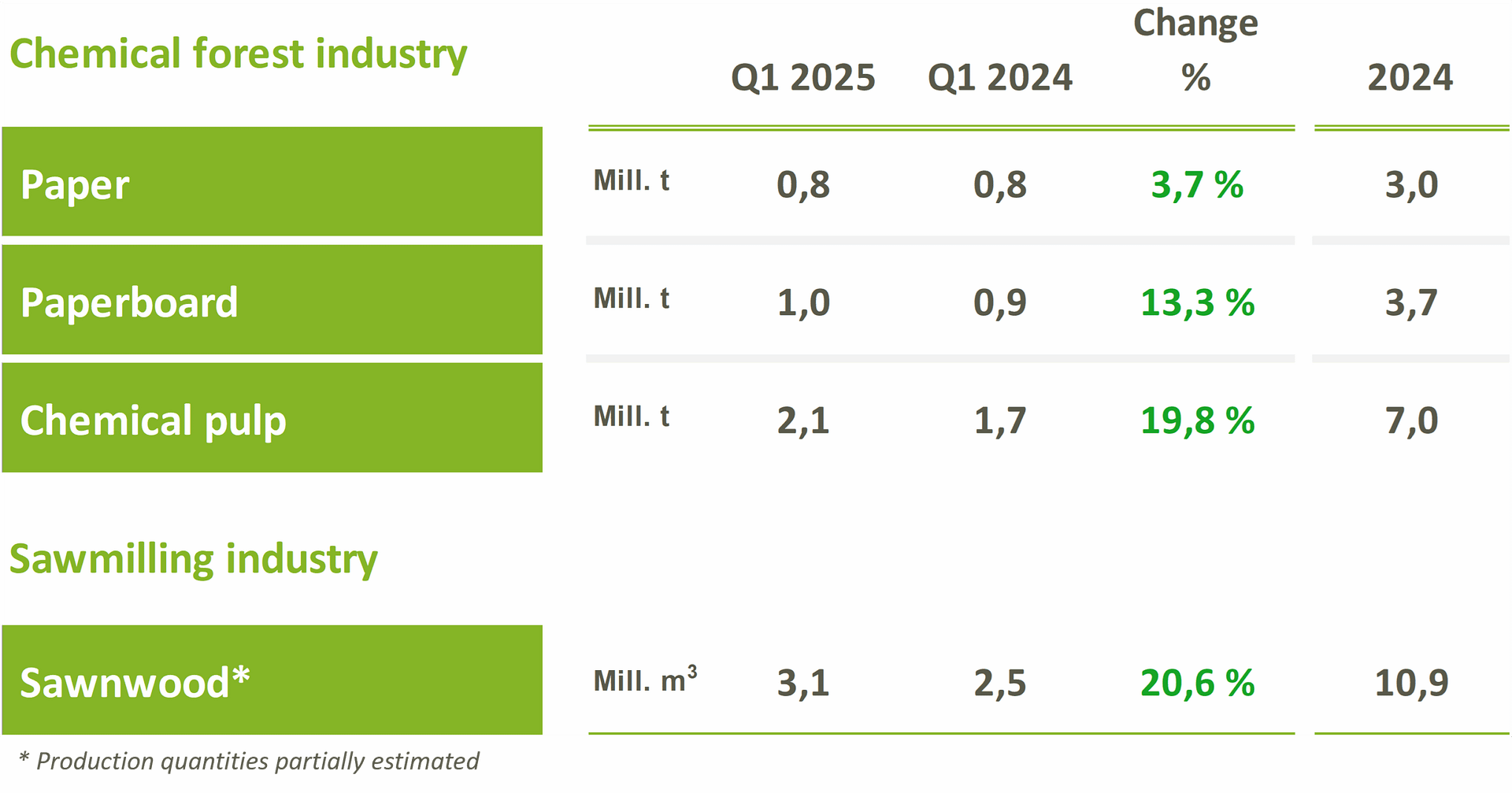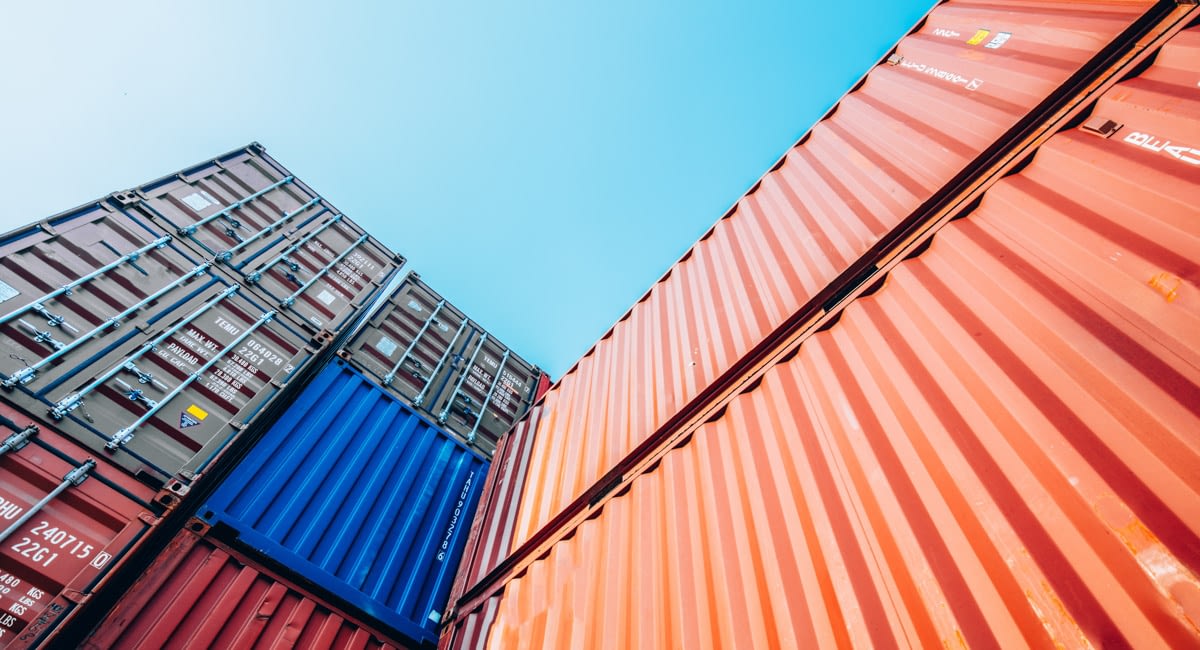Earlier this month, the Finnish-Kazakh Joint Forum on Sustainable Forestry examined the possibilities for developing cooperation between the countries. Increasing cooperation between the forest sectors of the two countries requires closer examination, but the prerequisites for cooperation already exist.
A few weeks ago, representatives of the forest sectors of Kazakhstan and Finland met in Astana for their first joint forum on sustainable forestry. The purpose of the forum was to develop cooperation between the countries’ forestry and forest industries. What kind of potential can be found in the cooperation between the two countries and why is it worth investing in?
Finland’s Government Programme states that Finland will strengthen its economic relations with Central Asian countries, as they are potential trading partners in a region of security policy importance. As the Central Asian market develops, it may replace previous Russian exports for the forest industry. There is potential in the region, as forest industry exports to Kazakhstan, the largest country in the region with a population of approximately 20 million, amounted to approximately EUR 15 million in 2022, representing 0.1% of the total export value of the industry sector. The main products were paperboard and paper.
Getting to know traiding parter is crucial
In the current geopolitical situation, we need to know our trading partner better than before, regardless of what type of operator that partner is. For example, EU sanctions and the prevention of their circumvention must be taken seriously and carefully examined. The contact surface to the Kazakh market is provided not only by the common trade history, but also by the Finnish business life’s knowledge of Russia, which has characteristics similar to those of Kazakhstan.
However, the outstanding issues relate to Kazakhstan’s role in the Eurasian Economic Community on the one hand and on its active cooperation with the EU on the other. The development of the situation must, therefore, be monitored. For example, the Kazakhs are aware of the Commission’s investigation into illegal Russian birch plywood. Dumping and transit have also hampered their business.
Shared interests also speak in favour of cooperation, which became concrete topics of discussion at the joint forest forum of the two countries. Lively dialogue sprouted on both sides on forest strategies, forest resources, sustainable forestry, and biodiversity. The potential afforded by remote sensing, satellite positioning and the use of drones were discussed from the points of view of illegal logging and forest fire prevention, among other things. In addition, a common understanding was shared on forest certification and EU forest directives and regulations.
The possibilities for cooperation between Finland and Kazakhstan are, thus, within our reach. Getting to know the trading partner provides additional valuable information on the possibilities for cooperation.
Forestry and forest industry in Kazakhstan:
• 5 % of Kazakhstan’s territory is covered by commercial forests in the northern and eastern part of the country
• The maximum felling potential is approximately 2.58 million m³, of which coniferous wood (pine, fir, spruce and larch) accounts for 0.19 million m³ and broad-leaved tree (birch, aspen, etc.) 2.39 million m³.
• The average roundwood removal volume in 2020–2022 was <0.5 million m³.
• Challenges include the lack of harvesting technology and wood-processing industry.
• The monetary value of the country’s forest industry product exports increased from USD 8 million to USD 51 million in 2020–2022.







